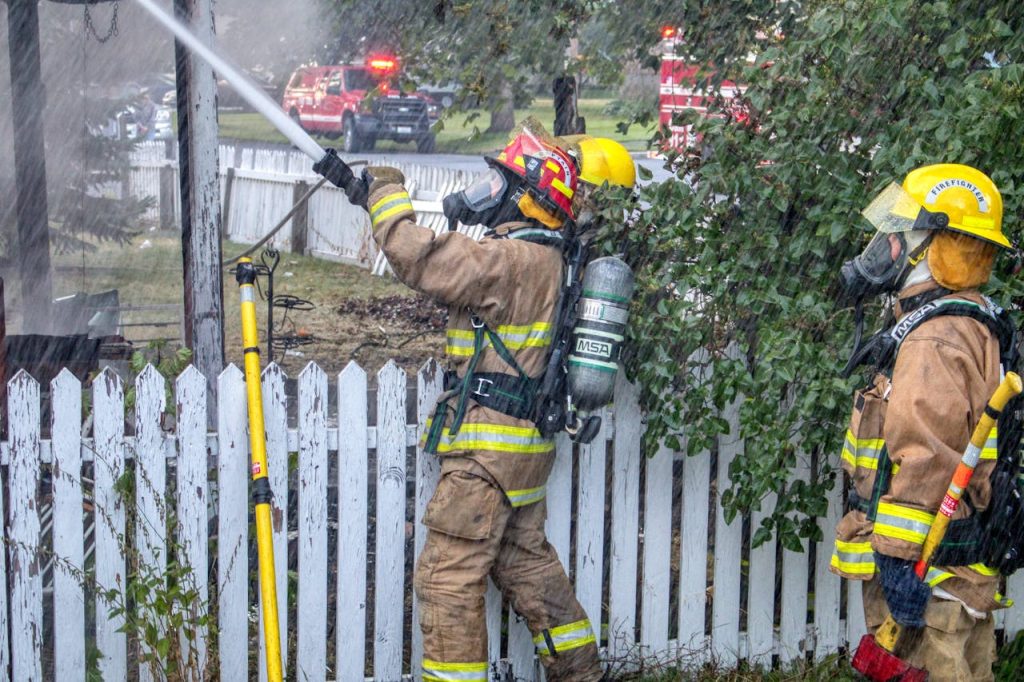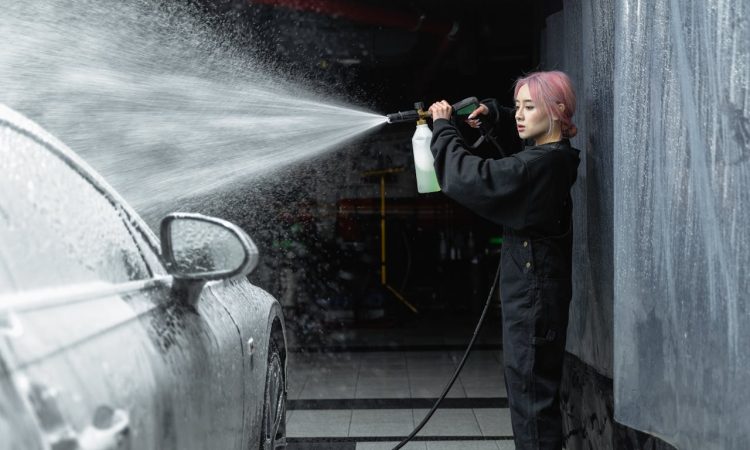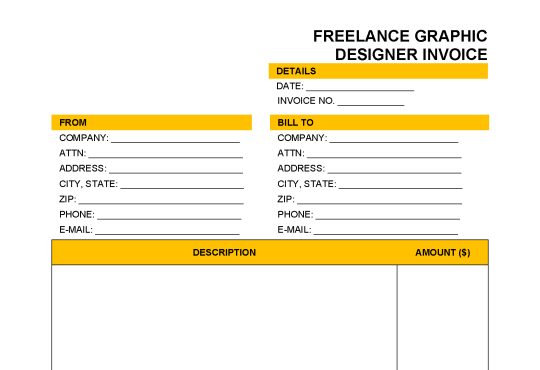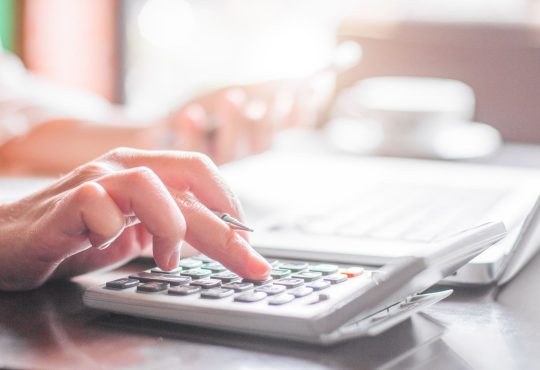If you’ve been asking yourself, “Why is my water pressure low?” the answer often lies in a few common culprits. A partially closed valve, clogged pipes, or even a leaking water line could be the reason. Sometimes the problem isn’t even in your home—it could be your water supplier experiencing an issue or changes in local regulations affecting the pressure.
The good news? Many of these problems are easy to fix. For example:
- Check if the main water valve or the meter valve is fully open.
- Inspect your faucets or showerheads for blockages caused by mineral buildup.
- Look for visible leaks in your plumbing system.
In this guide, we’ll walk you through these potential causes step-by-step, helping you figure out what’s going on and how to fix it. Whether it’s a simple DIY solution or something that needs a professional plumber you’ll know exactly what to do to restore the water pressure in your home.
Electric Water Pumps vs. Engine Driven Pumps
Top Reasons Why Your Water Pressure is Low
Low water pressure can be caused by a variety of issues, ranging from minor inconveniences to more serious plumbing problems. Let’s explore the most common reasons why my water pressure in my house is low and how to address them.
Issues with Your Water Supplier
Sometimes, the reason for no water pressure in your house isn’t your plumbing—it’s your water supplier. Maintenance work, a broken main water line, or other disruptions can temporarily reduce pressure in your area. If this happens contact your supplier to confirm if there’s an issue and ask when it’ll be resolved.
Partially Closed Valves
A partially closed main shutoff valve or water meter valve is one of the easiest fixes for low water pressure in your house. These valves control the flow of water into your home, and even a slight misalignment can cause a noticeable drop in pressure. Check these valves to ensure they’re fully open.
Clogged Pipes
Over time, pipes can get clogged with dirt, debris, or mineral buildup, leading to a loss of water pressure in your home. If only certain faucets or showers are affected, the problem may be localized to that area. Cleaning the aerator or replacing the pipe section can often resolve the issue.
Leaking Pipes
A hidden leak in your plumbing system can explain why your house has no water pressure or why it’s significantly reduced. Look for signs of leaks, such as damp spots on walls, ceilings, or floors, and have them repaired promptly to restore normal flow.
Faulty Fixtures
Sometimes, the issue is as simple as a bad faucet or showerhead. Over time, fixtures can wear out or get clogged, causing uneven or low water pressure. Replacing these fixtures is a quick and inexpensive fix.
By identifying these common causes, you can narrow down what’s affecting your home’s water pressure and take the right steps to fix it. In the next section, we’ll discuss some DIY fixes for these problems and when it’s time to call a plumber.
Quick Fixes for Water Pressure Issues
If you’re dealing with low water pressure in your house there’s no need to panic. Many common water pressure problems can be solved with simple DIY solutions. Here’s how you can tackle them:
Check and Adjust Valves
Start by inspecting the main water shutoff valve and the water meter valve. If either is partially closed, it could explain why your house has no water pressure or why it’s lower than usual. Open the valves fully and see if the pressure improves.
Clean Faucets and Showerheads
Mineral deposits or debris can clog your faucets and showerheads, causing a noticeable loss of water pressure in your home. To fix this unscrew the affected fixture and soak it in a vinegar solution for a few hours to dissolve the buildup. Reattach it and enjoy improved water flow.
Look for Leaks
Leaky pipes don’t just waste water; they also reduce pressure. Check for damp spots on walls ceilings, or floors—common signs of hidden leaks. Fixing even a small leak can restore the pressure and prevent further plumbing damage.
Test the Pressure Regulator
If your home has a pressure regulator, it might be malfunctioning, causing inconsistent water flow. You can test it by using a pressure gauge. If the reading is too low, you may need to adjust or replace the regulator to fix the low water pressure issue.
Flush Your Pipes
Sometimes, dirt or air trapped in your plumbing system can cause water pressure issues. Turn off the main water supply, open all faucets to drain the pipes, and then slowly turn the water back on. This can clear out any blockages and restore normal pressure.
The Best Time of Year to Pressure Wash in Bluffton, SC

When to Call a Professional Plumber for Low Water Pressure
Sometimes, even after trying all the quick fixes, you might still find yourself asking, “Why does my house have no water pressure?” That’s when it’s time to bring in a professional plumber. Some water pressure issues require expert tools and knowledge to diagnose and fix.
Persistent Low Water Pressure Across the House
If my house water pressure is low throughout every faucet and shower, the issue could be in the main water supply line or underground pipes. A plumber can check for hidden leaks, blockages or even damage to your water supply connection.
Old or Corroded Pipes
Aging pipes made of materials like galvanized steel often corrode, reducing water flow over time. This is a common cause of low water pressure in older homes. Replacing these pipes with modern materials like copper or PEX can resolve the issue and prevent further problems.
Unexplained Loss of Water Pressure in Your Home
If you experience a sudden, significant loss of water pressure in your home, there may be a major leak or a burst pipe that requires immediate attention. Professionals can quickly locate and repair the damage to restore normal pressure.
Pressure Regulator or Valve Issues
If your pressure regulator has failed or if the water meter valve is malfunctioning, these components might need to be adjusted or replaced. A plumber can ensure the pressure regulator is set correctly to prevent issues like no water pressure in your house.
Shared Pipeline Challenges
Living in a neighborhood with shared pipelines can sometimes explain why my water pressure in my house is low. A professional plumber can assess whether additional equipment, like a booster pump, might help increase pressure in your home.
Preventing Future Water Pressure Problems
Once you’ve resolved the issue of why your water pressure is low it’s important to take steps to keep it from happening again. Regular maintenance and proactive measures can ensure consistent water flow throughout your home.
Regularly Check Valves and Fixtures
Inspect your main shutoff valve, water meter valve, and fixtures periodically to ensure they’re fully functional. Cleaning aerators and showerheads every few months can also prevent buildup that leads to low water pressure.
Keep an Eye on Your Plumbing System
Stay alert for early signs of trouble, like dripping faucets, damp spots on walls, or unusual noises in your pipes. Identifying and addressing minor issues early can prevent the loss of water pressure in your home later on.
Schedule Professional Inspections
Have a licensed plumber inspect your plumbing system annually, especially if your home has older pipes. They can catch potential problems, like corrosion or minor leaks, before they escalate and cause water pressure issues.
Invest in a Water Pressure Gauge
A simple water pressure gauge can help you monitor the pressure in your home. Normal residential water pressure typically ranges between 40 and 60 psi. If your pressure drops below this range, you can take steps to address it before it becomes a major issue.
Protect Your Pipes
If you live in an area prone to freezing temperatures, insulate your pipes to prevent damage during winter. Burst pipes are a common cause of no water pressure in your house and can be costly to repair.
How to Select the Perfect Plastic Water Tank?
Conclusion
By staying proactive and performing regular maintenance, you can avoid the frustration of wondering, Why does my house have no water pressure? Whether it’s cleaning fixtures, inspecting valves, or calling a professional when needed, these steps will help ensure consistent water pressure in your home for years to come.
FAQs
Why have I suddenly got low water pressure?
Sudden low water pressure is often caused by issues like a partially closed valve, a failing pressure regulator, or maintenance work by your water supplier. It could also be due to a hidden clog or buildup in your pipes. Checking these areas is a good place to start.
How do I fix low water pressure in my home?
To fix low water pressure in your home, try these steps:
- Ensure the main shutoff valve and water meter valve are fully open.
- Clean clogged faucets or showerheads by soaking them in vinegar.
- Check for leaks in your plumbing system.
- Inspect your pressure regulator for proper functioning.
If these don’t work, consult a plumber for a deeper inspection.
How can I get my water pressure back up?
Restoring water pressure can be as simple as cleaning fixtures, flushing your pipes, or adjusting a faulty valve. For persistent issues, upgrading old pipes or installing a booster pump can significantly improve water flow.
Why is my water pressure so low but no leak?
If you’re experiencing low water pressure but can’t find a leak, the problem might be a clogged pipe, mineral buildup in fixtures, or a failing pressure regulator. It’s also worth checking if your water supplier is experiencing issues or if shared pipelines in your area are affecting pressure.




